1. Radium-Laced Paint

Back in the early 1900s, radium was considered a miracle element. It was marketed as a cure-all, and its glowing properties made it an exciting addition to everything from watches to toothpaste. One of the most infamous uses was in the creation of glow-in-the-dark paint, especially for clocks and military dials. Unfortunately, no one understood the dangers of radiation exposure at the time. Workers, often women who applied the paint with fine brushes, were told to lick the bristles to keep the tips pointed. Many of them suffered from horrific health issues later in life, including bone cancer and other radiation-induced illnesses shares BuzzFeed.
What made it even worse was the way companies downplayed the risks. They told workers that the paint was harmless and kept them in the dark about the long-term effects. The tragic aftermath was a long legal battle, and these workers became some of the first to sue for the damage caused by toxic exposure. In the end, radium-laced products were pulled from the market, but not before leaving a legacy of harm says the Waterbury Observer.
2. Thalidomide
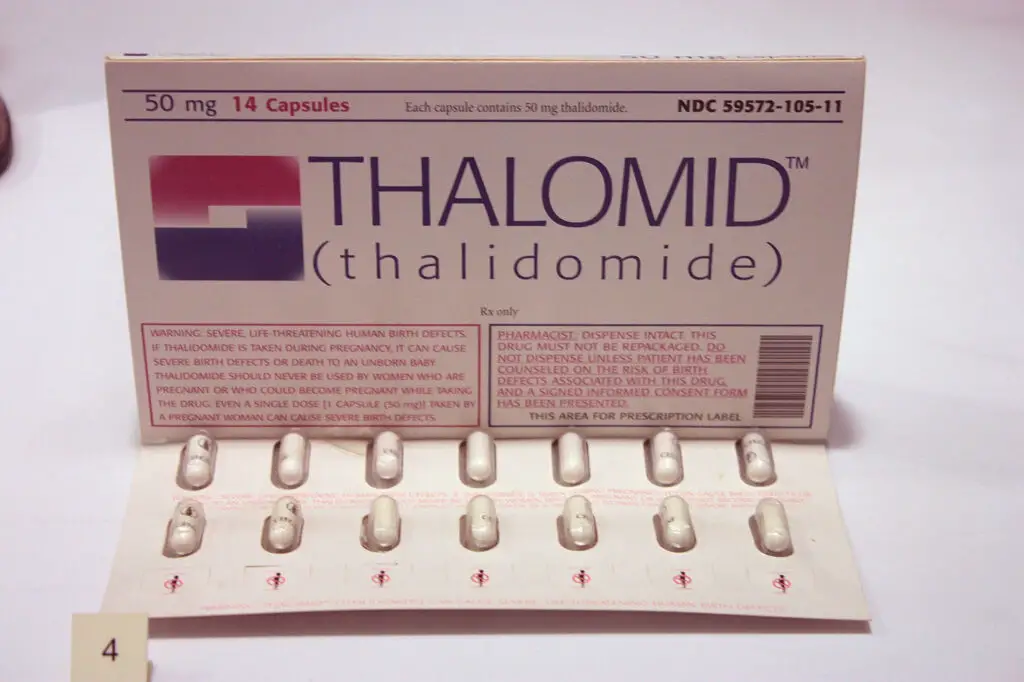
In the 1950s and ’60s, thalidomide was marketed as a safe and effective treatment for insomnia and morning sickness in pregnant women. Its use spread quickly across Europe, promising restful sleep and relief from the discomfort of pregnancy. What was supposed to be a simple remedy turned into one of the most devastating medical scandals of the 20th century. Thousands of children were born with severe birth defects as a result of their mothers taking the drug during pregnancy. The effects included limb deformities, deafness, and blindness, altering countless lives says Nature.
What made the situation worse was the widespread belief that the drug was safe. For a while, no one questioned it, and it wasn’t until one brave doctor in Germany started raising concerns that the truth came out. Thalidomide’s safety was never properly tested in pregnant women, and it became a cautionary tale in drug regulation. The tragedy led to stricter regulations for pharmaceuticals, but it was too late for many families who suffered permanent losses adds Scientific American.
3. DDT
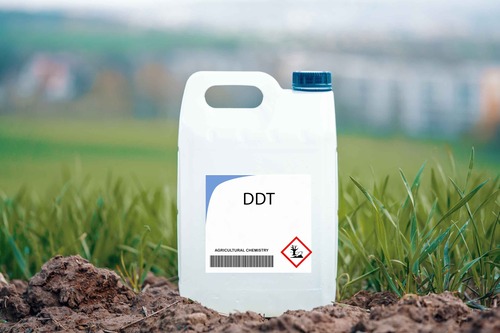
The pesticide DDT was once heralded as a miracle chemical that could eliminate insect-borne diseases like malaria and typhus. In the 1940s, it was marketed as an essential tool in improving public health, and it was sprayed widely on crops, in homes, and even on people. It was even used in the military to keep soldiers safe from mosquitoes during World War II. But over time, the dangers of DDT began to emerge, and it was discovered that it was causing serious environmental harm, including the thinning of bird eggshells.
The toxic effects of DDT weren’t immediately obvious to the public, and it continued to be used for decades after its initial success. It wasn’t until Rachel Carson’s book Silent Spring brought attention to the ecological damage it was causing that the public became aware of the severity of the situation. By the time DDT was banned in the 1970s, much of the damage to wildlife and ecosystems had already been done. The chemical’s legacy is a harsh reminder of the dangers of overconfidence in untested substances.
4. Mercury in Thermometers
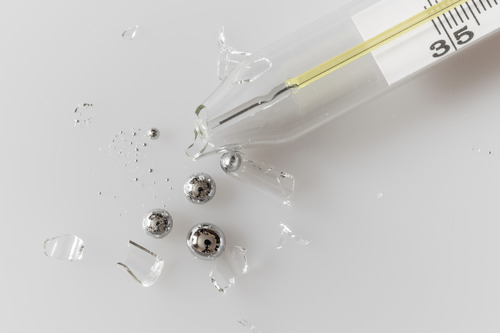
For centuries, mercury was used in thermometers because of its ability to expand and contract with temperature changes. These thermometers were marketed as accurate and reliable, making them a household staple. However, few people realized how dangerous mercury actually was. If a thermometer broke, the mercury inside could spill, releasing a highly toxic substance into the environment. Mercury poisoning is a serious health risk, and prolonged exposure can lead to neurological damage, kidney problems, and even death.
In the early days, the dangers of mercury exposure were not well understood, and it wasn’t until the 20th century that concerns began to surface. By then, mercury thermometers had been in use for decades. Fortunately, new technologies have replaced them, and mercury is no longer commonly found in household items. Despite its previous popularity, the risks of mercury exposure are now well-known, and people are much more cautious with substances that contain it.
5. Lead Paint
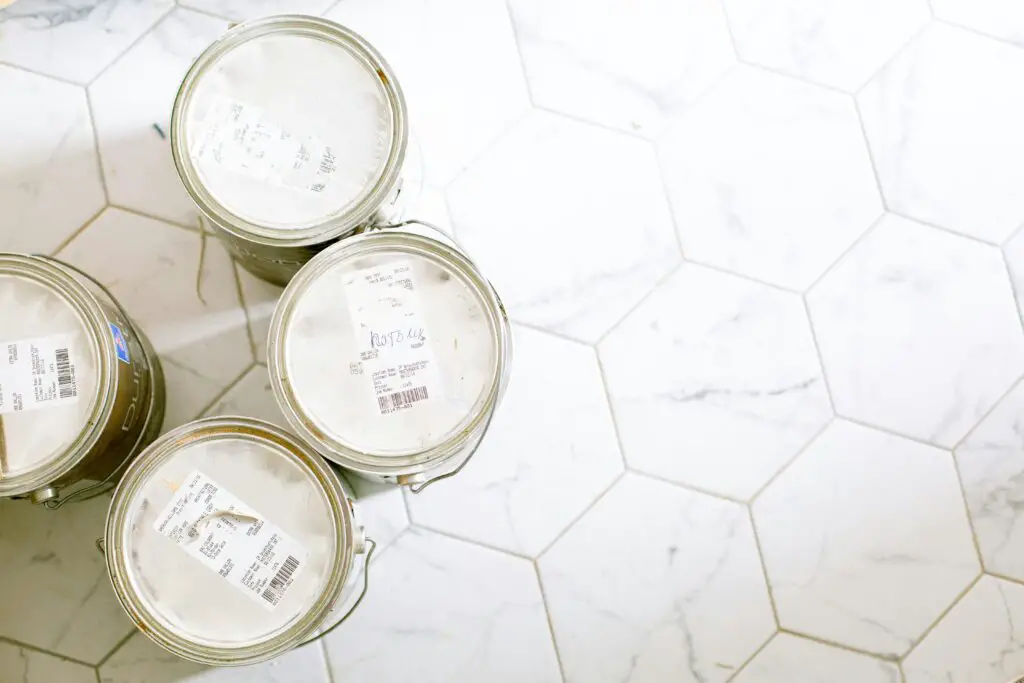
For much of the 20th century, lead paint was the go-to choice for both homes and toys. It was cheap, durable, and vibrant, making it a favorite among homeowners and manufacturers alike. What no one knew at the time, however, was that lead is extremely toxic, especially to young children. Lead poisoning can cause a variety of issues, including developmental delays, learning disabilities, and behavioral problems. It wasn’t until the late ’70s that lead-based paint was banned for residential use in the U.S.
Even after the ban, lead paint continued to be a problem in older homes, where it could still pose a danger to children. The long-term effects of lead exposure were slowly revealed through scientific research, but by then, many people had already been affected. Lead poisoning is still a risk in older homes, making it important for homeowners to take precautions when renovating.
6. Radioactive “Health” Devices
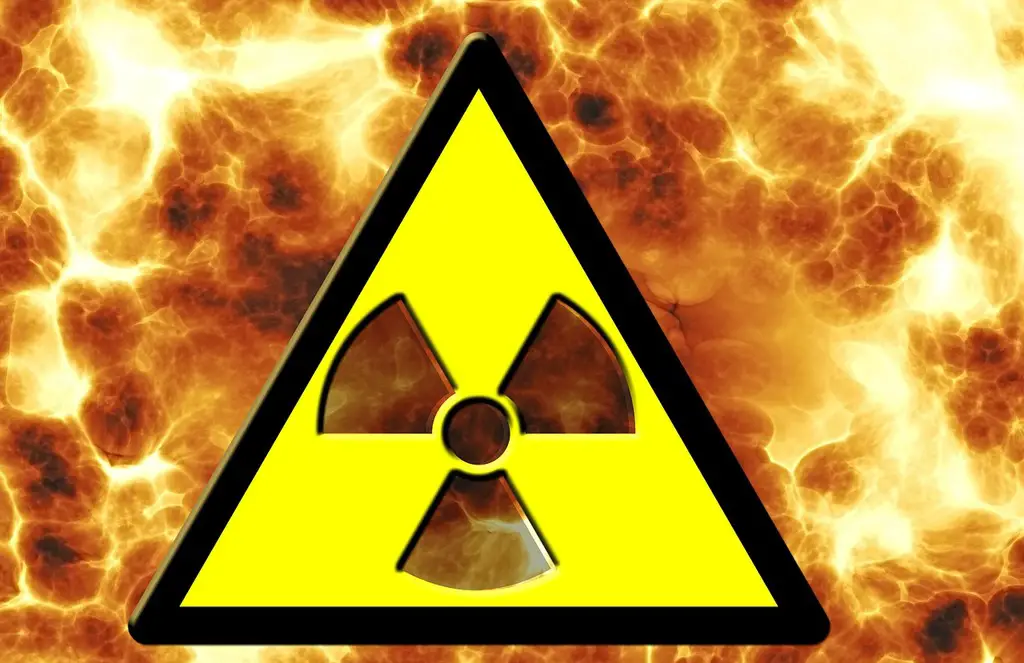
In the early 1900s, a number of devices and products claiming to have “radioactive” health benefits began to surface on the market. These items, including water purifiers, beauty creams, and even therapeutic devices, promised to cure ailments and rejuvenate the body by harnessing the power of radiation. One of the most famous was the “radium water” bottle, which was marketed as an energy booster. At the time, the idea of radioactivity was new and mysterious, so many believed it was a healing force.
People used these products without realizing the dangerous effects they were having on their bodies. Long-term exposure to radiation can cause severe tissue damage, cancer, and other serious health issues. It wasn’t until people began suffering from radiation sickness and tumors that the true dangers of these products became apparent. Sadly, it took years before these “health” devices were pulled from the market, leaving a dark chapter in the history of medical marketing.
7. The Ford Pinto

In the 1970s, the Ford Pinto became infamous for its reputation as a “death trap.” The car was designed to be cheap and efficient, marketed as an affordable option for American families. However, its design featured a fuel tank positioned in a vulnerable area that made it prone to exploding during rear-end collisions. Ford engineers were aware of the issue but chose to prioritize cost-cutting measures over safety, leading to the production of a dangerously flawed vehicle.
Once the flaw was discovered, it was revealed that the company had calculated the potential cost of lawsuits and decided it was cheaper to pay for damages than to fix the design. This became one of the most egregious examples of a company putting profits before safety. The Pinto’s legacy serves as a reminder of the importance of ethical decision-making in product design and the devastating consequences of ignoring consumer safety.
8. Crest Toothpaste with Radium
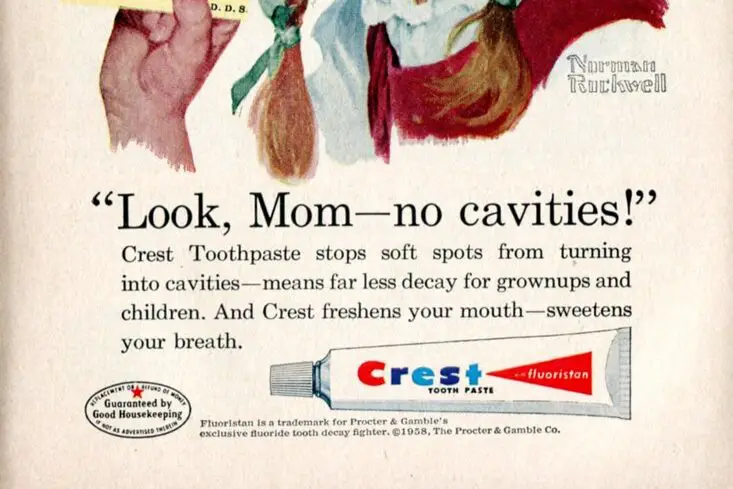
In the 1930s, Crest toothpaste was marketed as the ultimate dental hygiene product, promising to fight plaque and give users a healthier, whiter smile. What made this toothpaste particularly disturbing was the addition of radium, a radioactive element that was thought to be beneficial for health at the time. The toothpaste was marketed with the claim that the radium would help promote strong teeth, but the truth was that exposure to radiation is harmful, not beneficial.
Over time, it became clear that radiation could lead to cancer and other severe health issues. As the public became more aware of the dangers of radiation, products like Crest toothpaste were quickly removed from the shelves. Today, toothpaste is expected to be safe and effective without the threat of radioactive harm, but the inclusion of radium in daily consumer products is a stark reminder of how science can be misused in the name of profit.
9. Safety Razors with Lead

In the early days of razor design, companies advertised safety razors as the best and most convenient option for a close shave. These razors often used lead to help balance the blade or provide weight to the handle. While the concept of a safer razor was appealing, the inclusion of lead made these devices hazardous to long-term users. Lead exposure can lead to a range of health issues, including kidney problems and neurological damage.
Even though the dangers of lead exposure were not well understood at the time, the risks associated with these razors became more apparent as public health research advanced. Today, lead has been banned from many products, including razors, and manufacturers are required to use safer materials. This change is a critical step in protecting consumers from harmful exposure.
10. Formaldehyde in Baby Products
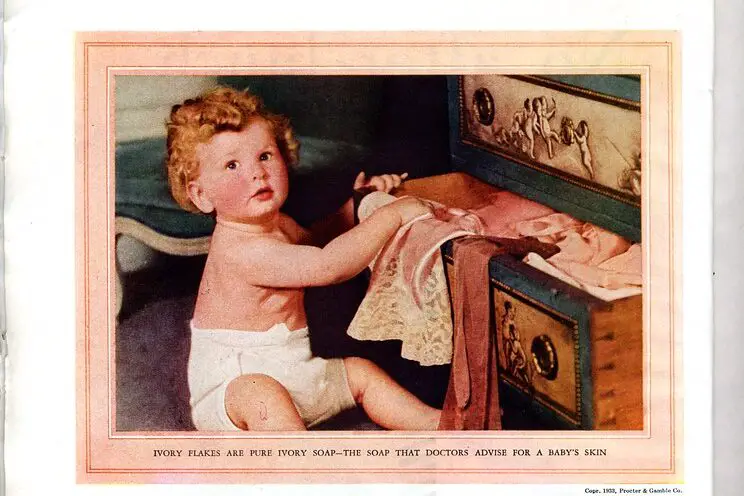
For decades, formaldehyde was commonly used in a variety of baby products, including baby lotions, shampoos, and diapers. Marketed as safe and effective for keeping babies clean and comfortable, it was praised for its preservative qualities. However, it wasn’t long before the dangers of formaldehyde became known. It is a known carcinogen and can cause skin irritation, respiratory problems, and allergic reactions, particularly in sensitive individuals like infants.
Despite the risks, formaldehyde continued to be used in many products until the 1980s. As public awareness grew, consumer demand for safer alternatives led to the development of formaldehyde-free baby care products. Today, many manufacturers proudly advertise that their products are free of this toxic substance, but it took years of advocacy to make those changes.
11. Ozone-Disrupting Aerosols
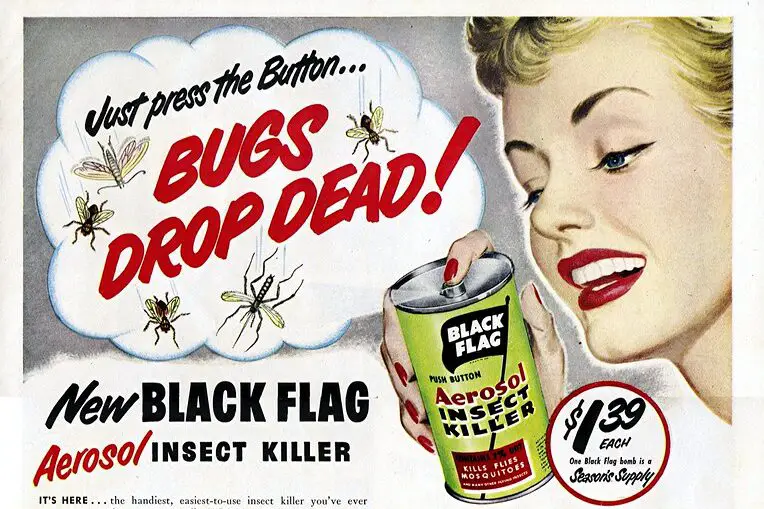
Aerosol sprays were once considered a quick and easy solution for everything from deodorants to household cleaners. In the 1970s and ’80s, these sprays often contained chlorofluorocarbons (CFCs), which were marketed as safe and effective propellants. What was not disclosed at the time was that CFCs were directly contributing to the depletion of the ozone layer, which shields the Earth from harmful ultraviolet radiation.
The public was unaware of the environmental consequences of using these products. It wasn’t until scientists discovered the link between CFCs and ozone depletion that regulatory changes were made. Today, most aerosol products no longer contain CFCs, and the ban on their use in consumer products helped to bring attention to the importance of protecting the environment. The push for alternatives to CFCs is an example of how quickly we can address harmful practices when we have the right information.
12. “Miracle” Weight Loss Pills
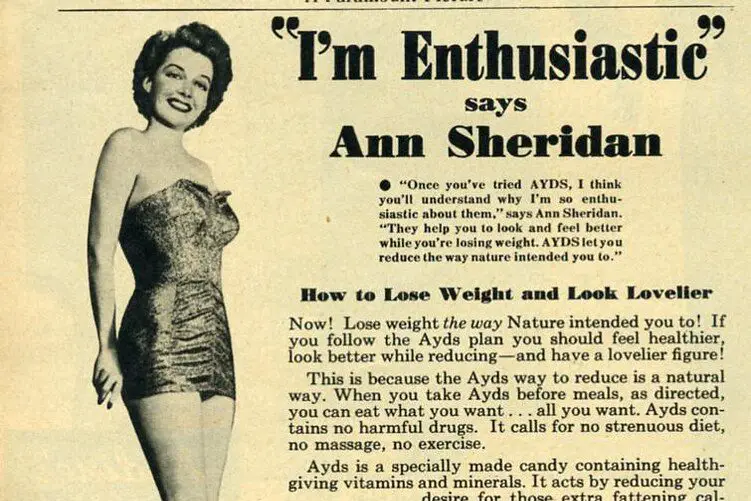
In the 1950s and ’60s, miracle weight loss pills flooded the market, with ads claiming to melt away pounds without the need for dieting or exercise. These pills, often containing amphetamines or other stimulants, were marketed as a quick fix for those seeking to lose weight without putting in the effort. Unfortunately, these drugs came with a range of side effects, from addiction to heart problems. The promises of easy weight loss led many people to believe that these pills were safe and effective.
It wasn’t until the long-term effects of these drugs became more apparent that they were pulled from the market. The dangers of these weight loss pills, combined with the rise in awareness about healthy eating and exercise, have led to more caution in the marketing of weight loss products. Today, we know that sustainable weight loss is achieved through a balanced lifestyle, not magic pills.
13. Ammonia-Based Cleaners

In the 1950s, ammonia-based cleaners were marketed as the ultimate solution for cleaning everything from windows to floors. These products were advertised as tough on grime, with a “fresh” scent that was supposedly an added bonus. The ammonia gave the cleaner its powerful cleaning properties, but it also made the product highly toxic if ingested or inhaled. Prolonged exposure to ammonia fumes can cause respiratory distress and other health issues.
Despite the warnings, ammonia-based cleaners were a household staple for decades. It wasn’t until more effective and safer cleaning alternatives were developed that the dangers of ammonia-based cleaners became fully acknowledged. Today, many cleaning products are marketed as safer, with less harsh chemicals and a focus on user-friendly features, making the need for ammonia-based cleaners less urgent.
